I recently rented a Canon 5D Mark IV and and a Nikon D500 to test which one would be the better camera for my purposes. The focus of my review is use for sports photography. I currently use a Canon 5D III for sports. The camera is adequate but I find myself wishing it had faster and more accurate focusing on a number of occasions and 6fps is also a little slow for sports. In the past, I have also tried a Canon 7D MKII but found it to be too inaccurate for serious sports photojournalism.
Test Parameters
I shot a high school football game, a college football game, and a high school softball tournament with both cameras. I paired the Nikon with a 70-200 2.8 II lens to get an equivalent focal length compared to my Canon with a 300 2.8 IS lens (yes, if I really wanted to be perfect I would’ve used a 200 2.0 to give me the same effective depth of field). I also used a 1.4x teleconverter on both cameras paired with the above lenses. For the high school game, I was shooting at ISO 8000, f 2.8 at 1/800 second. For the college game, the lighting was better and I was able to shoot at ISO 3200, f 3.2 at 1/1000th. I turned off high ISO noise reduction on both cameras and used minimal sharpening on both. I sharpened the images additionally in Lightroom using the same setting for each.
Ergonomics and Handling
The Canon won the handling battle in my mind. I just like the Canon layout better. The lens turns the right way, the buttons are laid out better, and the control dial is quicker and easier to use than the push controller on the Nikon. Both menu systems are easy to navigate but he menus are more intuitive to navigate through on the Canon. Yes, I have used Canon cameras since 1998 and that is what I am used to, but I think the system just works better and is easier to learn overall. The Nikon requires button turing to access some features and I think the small buttons on the Canon are able to access more information quicker. However, for those used to Nikon cameras these complaints would not be an issue.
Both cameras fell great in the hand. I think the new Canon’s grip fits like a glove. It is a comfortable camera to hold and the Nikon is no slouch in this regard.
Build Quality
The Canon feels heftier to me and seems like it would stand up to most knocking around a professional would give it. The Nikon is also well built but the buttons and controls didn’t seem quite as robust as they are on the Canon.
Screens
The new Canon touch screen is amazing. IT is bright and easy to see, even in bright light. Flipping through photos on the back works much like a smart phone–simply swipe or spread to enlarge the view. Ingenious! This is my most favorite upgrade on the new Canon body.
The Nikon screen also works in much this manner and allows quick review of files. I give the reoslution edge to Canon, however.
Viewfinder
Canon seems to have stuffed whatever information you want or need into the viewfinder readout. IT was easy to read.
The Nikon finder is really bright and crisp for a crop sensor camera. I could;t tell I was using one in fact. This viewfinder is light years ahead of what Canon used to put in 20Ds and such.
Shutter
The Canon Mark IV shutter is amazingly quiet compared to the Mark III. The Nikon shutter sound is more reassuringly metallic but not as loud as the Canon Mark III, either. If working in quiet areas is part of your daily routine, then the Canon is the way to go. Golf tournaments and weddings require minimal disruption from a camera so the Canon would be the way to go here.
The Canon shutter is rated at 150,000 cycles and the Nikon is rated at 200,000.
Autofocus
I had high hopes for the Mark IV on the autofocus front. I was hoping that Canon had finally put a capable autofocus system in a non 1 series digital camera. The Mark IV comes closer to this goal, but the system is still not perfect. The acquisition speed is faster than with the Mark III, but it is not a huge difference. Both cameras still struggle somewhat with teleconverters attached. Focus tracking is also improved on the Mark IV, but the camera still will come off an object and hunt a little, even after the target is acquired.
In contrast, the Nikon does not let you down. Hold the back focus button down, and the focus stays on your target almost without fail. Yes, like all autofocus systems, the camera with switch targets occasionally if an interfering player comes in the field of view, but usually the Nikon got focus right on almost every frame. This is an incredible feat for a $2,000 crop sensor body (by contrast, the autofocus in the Canon 7D MK II seems to be always a little inconsistent).
The other feature of the Nikon that I liked is the autofocus-on button is large and raised so it is easier to hit with your thumb than the Canon. Just like the Mark III, the AFE button is too close to the autofocus-on button and I would occasionally mistakenly hit it instead of the autofocus button.
Frame Rate
The Canon is rated at 7 FPS and seemed noticeably slower than the Nikon which is rated at a higher 10 FPS. Canon messed up here. Had they gone to a faster frame rate, this would be a superb all around camera. As it stands, 7 FPS is still a little slow for sports photography.
High ISO Noise
No complaints with either camera in this regard. The Canon 5D Mark III was good at high ISOs and the Mark IV is even better. The grain pattern is less pronounced and I got very good files at ISO 8000 that I could apply minimal noise reduction to in Lightroom. Surprisingly, the Nikon files looked almost as good. Some detail was lost at ISO 8000 but not enough to render the files degraded or compromised. The Canon, as you would expect from a full-frame camera, wins this battle but the differences were not that pronounced. Again, for a crop sensor the Nikon performed very well indeed.
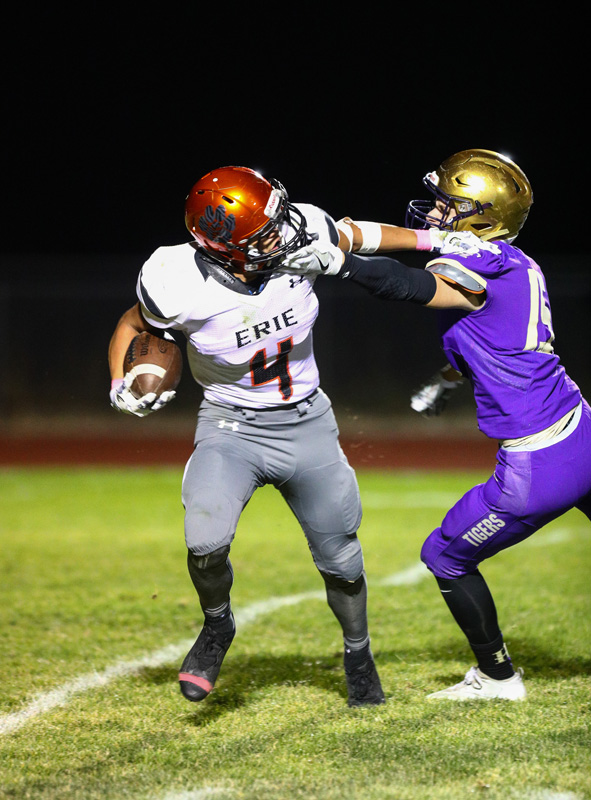
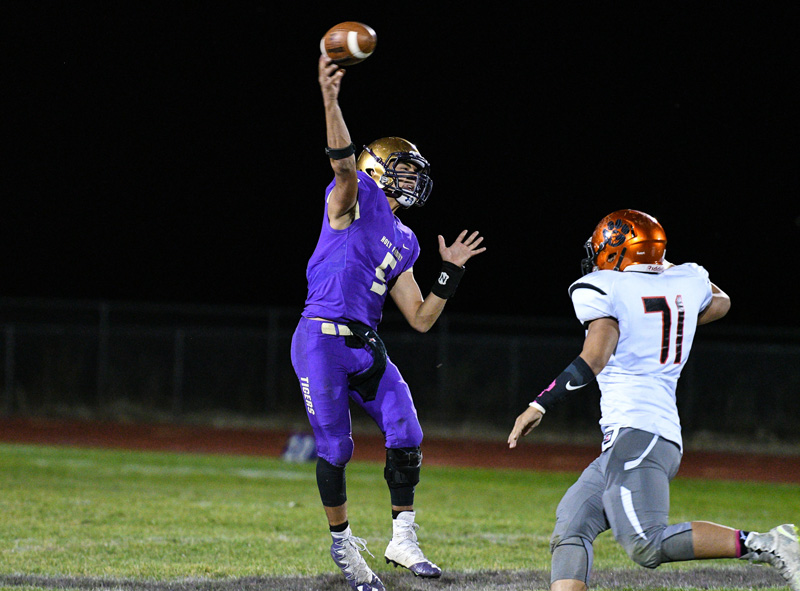
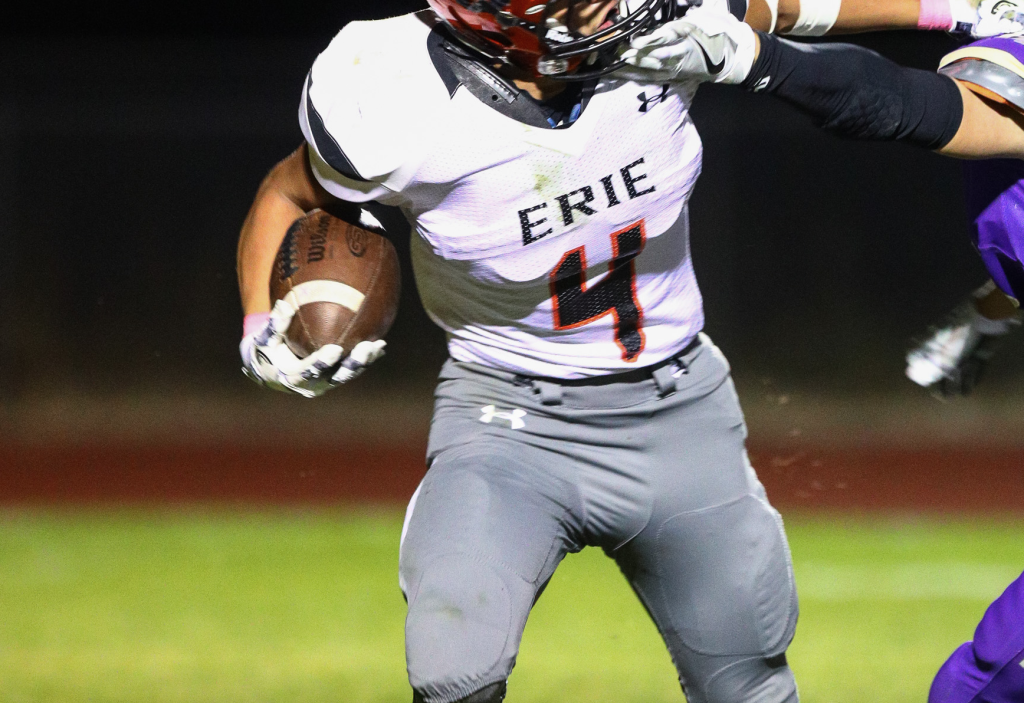
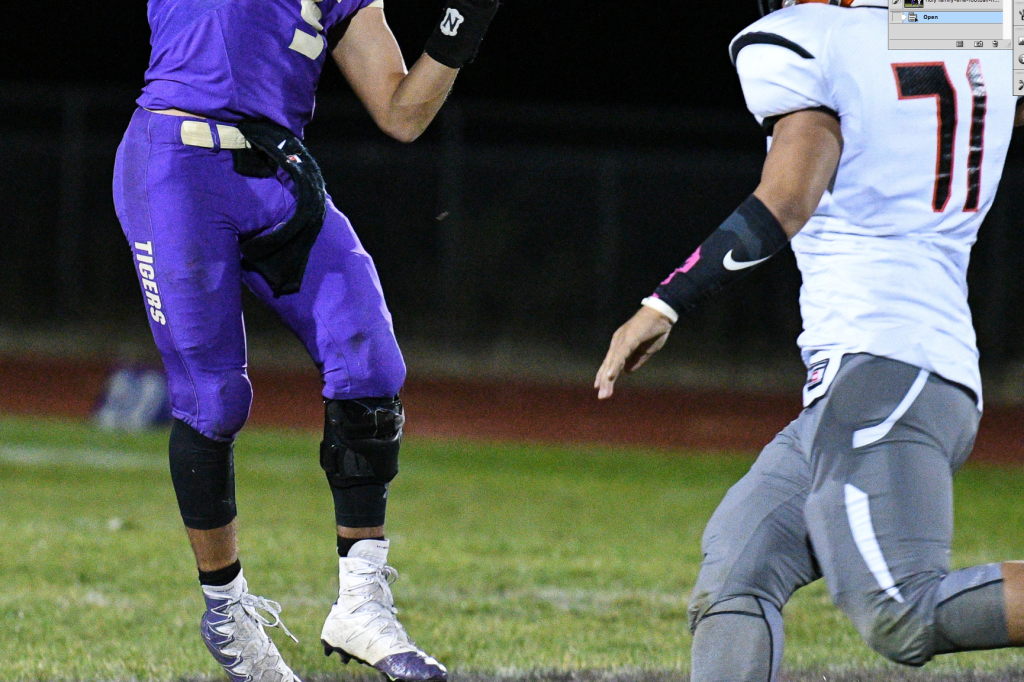
Image Quality
The Canon has more resolution (but lower pixel density due to the cropped sensor of the Nikon) and the files are obviously amenable to bigger cropping. Both produce nice, contrasty files. Both produce good flesh tones. I would say the Nikon produces jpegs which have more green to them which can be seen in the football shots in particular.
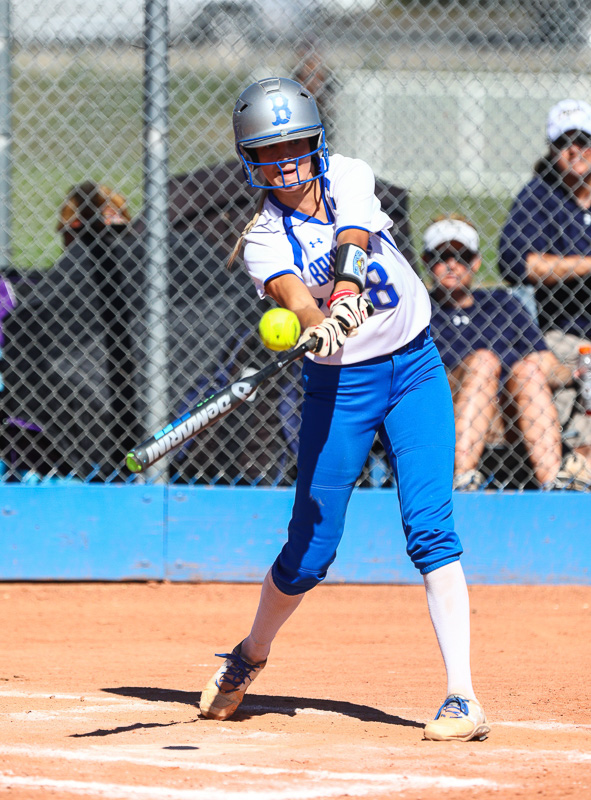
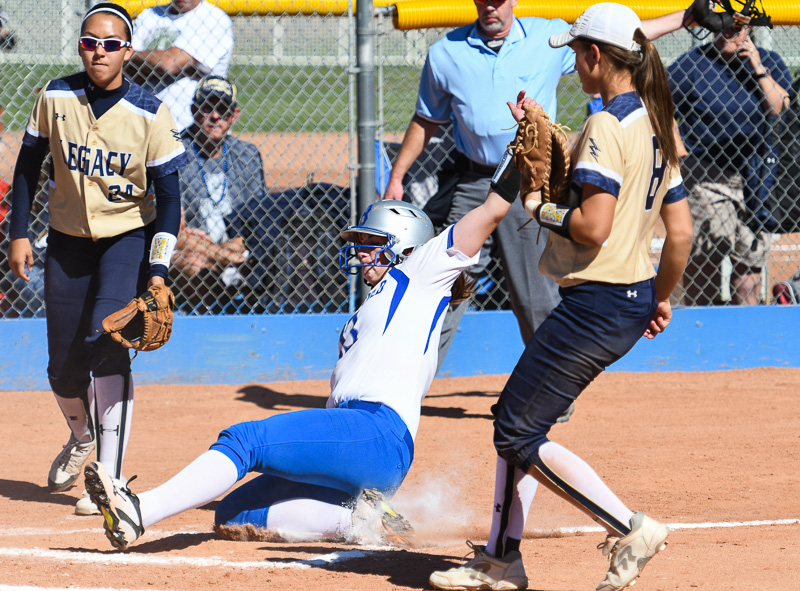
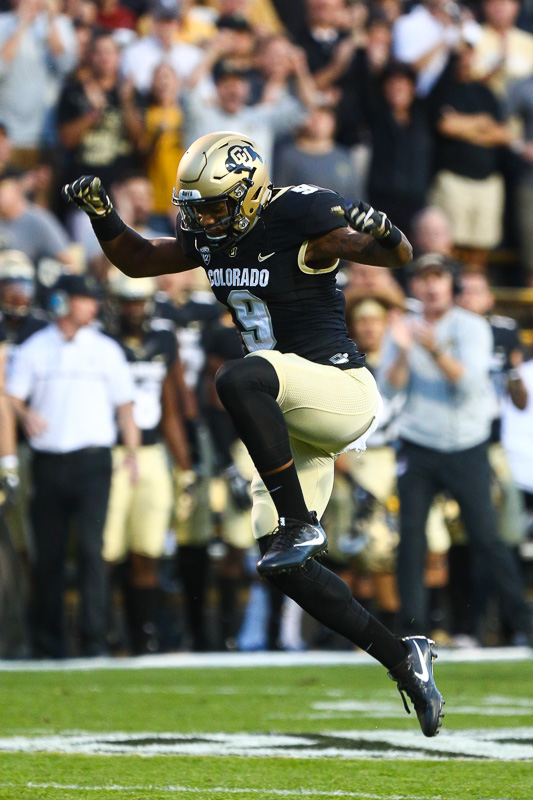

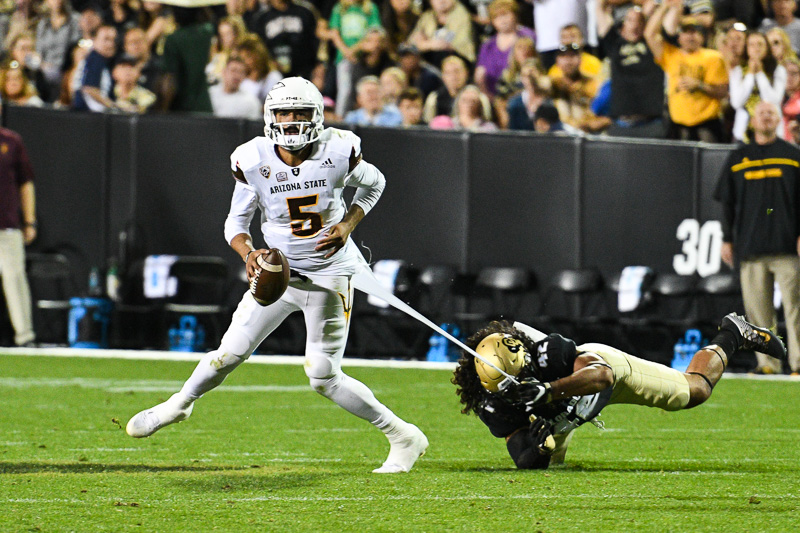
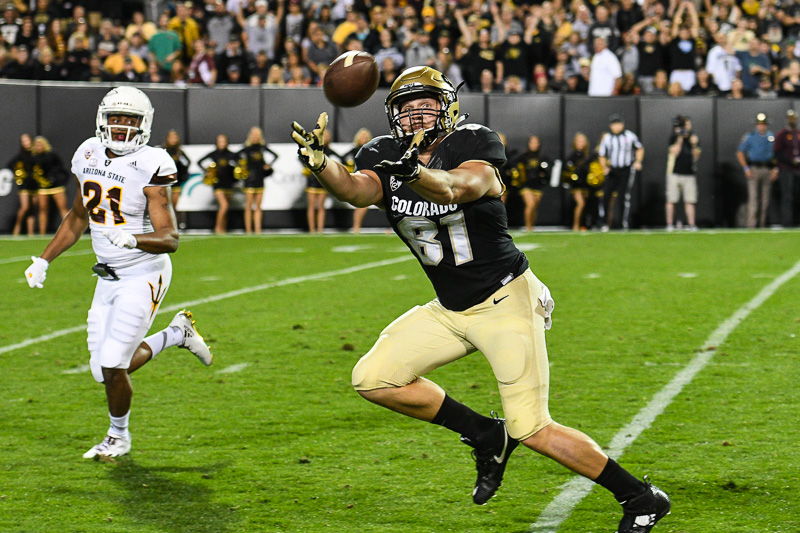
Conclusion
The Nikon wins in frame rate and autofocus speed so is probably a better choice for sports photography with one caveat: the Canon produces cleaner high ISO shots so is probably a better choice for those working consistently in low light environments. The Nikon produces good results up to about ISO 4000 and still produces decent images above that with some visible noise. The Canon images are really clean even at ISO 8000.
The Canon holds its own in terms of autofocus and frames per second and does perfom better than its predecessor in almost every category, just not in a revolutionary way.
So I would not hesitate to use either camera for some professional sports work although the D5 and 1DX MKII are still the obvious choices for the working pro.
Disclaimer: I rented the cameras on my own dime and this review is one man’s opinion on the cameras and is not intended as an endorsement for either brand.